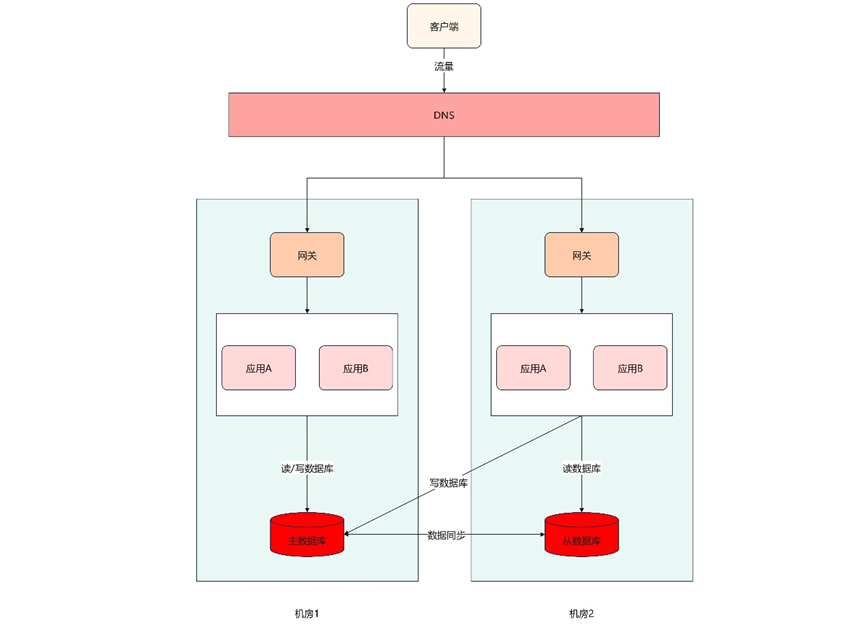torch.Tensor详解
torch.Tensor详解
·
目录
torch.Tensor详解
参考:
torch.Tensor — PyTorch 1.12 documentation
提供的数据类型:
| Data type | dtype | CPU tensor | GPU tensor |
|---|---|---|---|
| 32-bit floating point | torch.float32 or torch.float | torch.FloatTensor | torch.cuda.FloatTensor |
| 64-bit floating point | torch.float64 or torch.double | torch.DoubleTensor | torch.cuda.DoubleTensor |
| 16-bit floating point [1] | torch.float16 or torch.half | torch.HalfTensor | torch.cuda.HalfTensor |
| 16-bit floating point [2] | torch.bfloat16 | torch.BFloat16Tensor | torch.cuda.BFloat16Tensor |
| 32-bit complex | torch.complex32 or torch.chalf | ||
| 64-bit complex | torch.complex64 or torch.cfloat | ||
| 128-bit complex | torch.complex128 or torch.cdouble | ||
| 8-bit integer (unsigned) | torch.uint8 | torch.ByteTensor | torch.cuda.ByteTensor |
| 8-bit integer (signed) | torch.int8 | torch.CharTensor | torch.cuda.CharTensor |
| 16-bit integer (signed) | torch.int16 or torch.short | torch.ShortTensor | torch.cuda.ShortTensor |
| 32-bit integer (signed) | torch.int32 or torch.int | torch.IntTensor | torch.cuda.IntTensor |
| 64-bit integer (signed) | torch.int64 or torch.long | torch.LongTensor | torch.cuda.LongTensor |
| Boolean | torch.bool | torch.BoolTensor | torch.cuda.BoolTensor |
| quantized 8-bit integer (unsigned) | torch.quint8 | torch.ByteTensor | / |
| quantized 8-bit integer (signed) | torch.qint8 | torch.CharTensor | / |
| quantized 32-bit integer (signed) | torch.qint32 | torch.IntTensor | / |
| quantized 4-bit integer (unsigned) | torch.quint4x2 | torch.ByteTensor | / |
除了编码常见的类型,还有几种不常见的类型:
1、16-bit floating point[1]:使用 1 个符号、5 个指数和 10 个有效位。 当精度很重要以牺牲范围为代价时很有用。
2、16-bit floating point[2]:使用 1 个符号、8 个指数和 7 个有效位。 当范围很重要时很有用,因为它具有与 float32 相同数量的指数位
3、quantized 4-bit integer (unsigned):量化的 4 位整数存储为 8 位有符号整数。 目前仅在 EmbeddingBag 运算符中支持。
不指定类型的话,默认是:torch.FloatTensor
初始化:
1、使用列表或者序列:
import torch
torch.tensor([[1., -1.], [1., -1.]])
torch.tensor(np.array([[1, 2, 3], [4, 5, 6]]))
注意:torch.tensor会拷贝数据,如果在改变requires_grad时避免拷贝数据,需要使用requires_grad_() or detach()。如果在使用numpy array初始化想避免拷贝,需要使用torch.as_tensor()
2、设置类型和设备
>>> torch.zeros([2, 4], dtype=torch.int32)
tensor([[ 0, 0, 0, 0],
[ 0, 0, 0, 0]], dtype=torch.int32)
>>> cuda0 = torch.device('cuda:0')
>>> torch.ones([2, 4], dtype=torch.float64, device=cuda0)
tensor([[ 1.0000, 1.0000, 1.0000, 1.0000],
[ 1.0000, 1.0000, 1.0000, 1.0000]], dtype=torch.float64, device='cuda:0')
3、可以使用 Python 的索引和切片符号访问和修改张量的内容
>>> x = torch.tensor([[1, 2, 3], [4, 5, 6]])
>>> print(x[1][2])
tensor(6)
>>> x[0][1] = 8
>>> print(x)
tensor([[ 1, 8, 3],
[ 4, 5, 6]])
4、使用 torch.Tensor.item() 从包含单个值的张量中获取 Python 数字:
>>> x = torch.tensor([[1]])
>>> x
tensor([[ 1]])
>>> x.item()
1
>>> x = torch.tensor(2.5)
>>> x
tensor(2.5000)
>>> x.item()
2.5
5、requires_grad=True自动梯度计算
>>> x = torch.tensor([[1., -1.], [1., 1.]], requires_grad=True)
>>> out = x.pow(2).sum()
>>> out.backward()
>>> x.grad
tensor([[ 2.0000, -2.0000],
[ 2.0000, 2.0000]])
更多推荐
 已为社区贡献2条内容
已为社区贡献2条内容









所有评论(0)